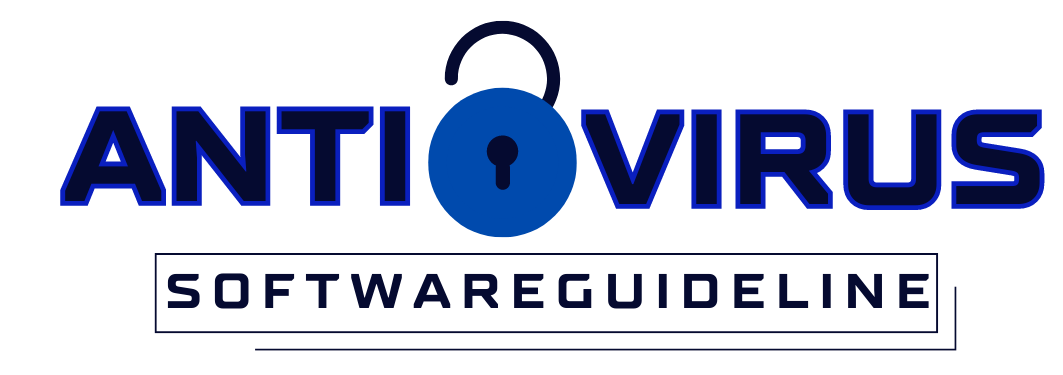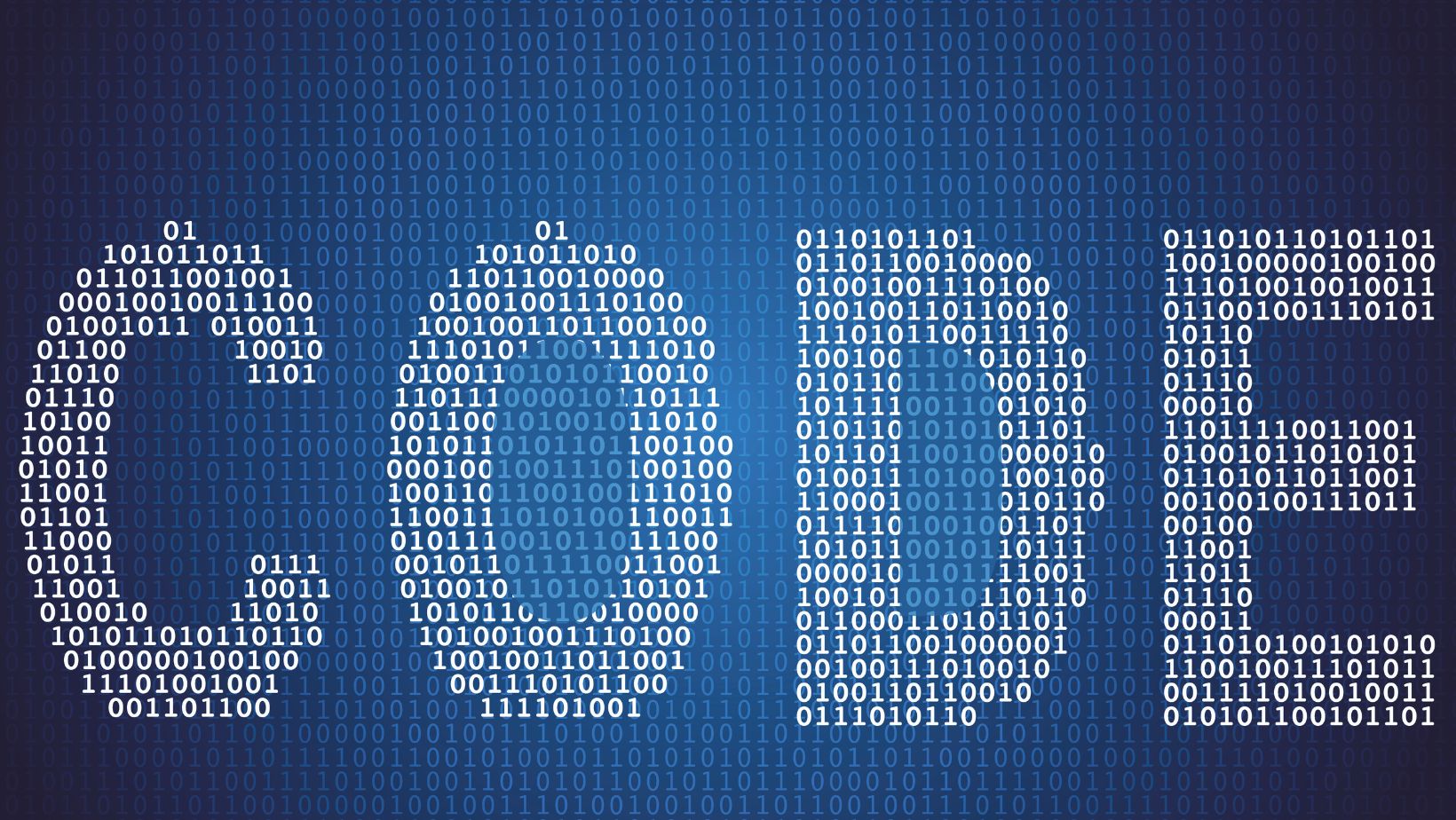
Challenges in Blockchain Adoption
Blockchain is gaining momentum, but adoption faces some hurdles. Deployment takes time, money and resources. Interoperability between different blockchains is an issue. Plus, scalability is a challenge when transactions increase on the network.
Regulatory compliance and data privacy concerns are obstacles. And, lack of standardization makes it difficult for developers.
So, join the blockchain revolution now or be left behind! #GoodLuckWithThat
Scalability Issues in Blockchain Technology
Blockchain’s secure, decentralized and efficient transactions have made it popular. But, its usage expanding brings scalability challenges that could stop its growth. A table below shows scalability issues with Decentralized Ledger Technology (DLT).
Scalability Issues in DLT:
Issue | Description |
Transaction Speed | Low speeds on public blockchains |
Network Congestion | More users cause congestion |
Storage Space | High storage consumption by nodes |
Energy Consumption | High energy consumption for mechanisms |
Robust coding is needed to address vulnerabilities and protect systems from attack vectors. Automation testing strategies are important for minimizing errors or bugs before release.
Developers have made improvements to scalability, like the Layer 2 solution. This stores transactions outside the primary layer and only submits them when broadcast finalization occurs. This increases transaction throughput and reduces verification steps.
An example is CryptoKitties. Gas prices rose in busy periods, like December 2017, due to high traffic. The company used extra resources and cloud-based hosting providers like Amazon Web Services (AWS) to ease congestion.
Hack into the blockchain instead of a bank! Security risks make it a hacker’s dream come true.

Security Risks with Blockchain Systems
Blockchain security risks are plentiful. With its popularity on the rise, it’s important to be aware of some of the risks. Here are the top 5 security risks associated with blockchain systems:
- 51% attack
- Smart contract vulnerabilities
- Lack of regulation
- Insider threats
- Private key loss
Additionally, updates in blockchain tech can make it hard to maintain security standards. The DAO hack is a prime example of this – $50 million worth of Ether was stolen due to a smart contract vulnerability. To ensure safety, companies must employ comprehensive cybersecurity solutions such as encryption algorithms, access controls, and audits. It’s clear that blockchain’s biggest challenge isn’t just solving complex algorithms, but also navigating the maze of regulations.
Regulatory Challenges for Blockchain
Blockchain’s growth has brought about multiple regulatory challenges. Its usage makes it easy for organizations to transact and exchange data, yet presents risks. A Semantic NLP variation of the heading could be “Navigating the Legal Landscape of Blockchain.”
Compliance with pre-existing regulations is a key challenge. This is especially true in highly regulated industries such as finance and healthcare. Regulators worldwide are having trouble keeping up with new applications and technologies, making regulations patchy and hard to follow.
Besides, data security and privacy concerns when using blockchain technology arise too. Blockchain is often described as secure since it’s decentralized, yet it’s not immune to hacking or malicious activity. Furthermore, with more personal data stored on blockchains, who owns and controls it becomes an issue.
It’s essential to craft solutions that tackle these regulatory challenges without suppressing progress and hindering innovation. Those who fail to do so may miss out on opportunities, or even worse. Business leaders must stay updated on emerging regulations to gain an edge over competitors. Interoperability between blockchains resembles trying to make a Mac and PC interact, except these are multi-billion dollar networks and not just two computers.

Interoperability Challenge for Blockchain Systems
Interoperability Challenge: A Big Hurdle for Blockchain Networks
Blockchains usually operate in silos, with their own rules and framework. This leads to the Interoperability Challenge, preventing communication between different Blockchain systems.
Consider this table:
Key Issues | Network Type |
Scalability | Permissioned |
Consensus Mechan. | Perm.less |
Governance | Hybrid |
These challenges are specific to each network, and if not handled well, will restrict blockchain tech adoption.
Besides technical challenges, there are admin and reg’ barriers. For example, data privacy and IP law restrictions could limit interoperability standards.
Developers and businesses must create interoperability standards that enable secure, scalable communication between Blockchain systems.
Otherwise, FOMO could result in missed growth opportunities in an emerging market. Oh, and don’t forget – blockchain’s energy consumption challenge: we need hordes of hamsters running on wheels!
Blockchain’s Energy Consumption Challenge
Blockchain’s Energy Demand Challenge is a real issue. It requires a lot of computational power and energy. People are now looking for alternatives to the proof-of-work protocols.
Proof-of-stake consensus algorithms use less energy. Also, efficient algorithms and better hardware can be useful.
More users equal higher volumes of data, causing more energy consumption. Thus, blockchain’s sustainability proposal is to use renewable energy sources, optimize hardware specifically for mining and explore Ethereum’s Plasma Network.
User Education And Awareness Challenge in Blockchain Adoption
Blockchain tech adoption is hindered by user lack of education and awareness. People must understand it to embrace it. So, campaigns to teach about its benefits, usage, and risks are essential. Yet, many people still don’t know much about its workings and capabilities, and misconceptions exist. Sensitizing individuals across different sectors on how blockchain works, its apps and regulations could be the key.
E.g., eCommerce, internet banking, and online payment systems were met with doubt in their early days due to misunderstandings. So, education is key to driving blockchain adoption success.
In 2009, Bitcoin emerged as the first practical use of Blockchain Tech’s proof-of-work consensus algorithm. This made secure record keeping possible without central control, paving the way for decentralized digital currencies. The most famous transaction was when Laszlo Hanyecz bought two Papa John’s pizzas for 10,000 BTC ($25 each) on May 22nd, 2010. This signaled widespread acceptance of decentralized digital currency usage.
Looks like blockchain’s cost and complexity is the perfect challenge for those who like a good puzzle and a bad bank account.

Blockchain’s Cost and Complexity Challenge
A Table can show the problems of cost and complexity of Blockchain as it becomes more popular. The following table shows some of the challenges of Blockchain technology:
Challenges | Information |
Rising Energy Consumption | Blockchain mining requires a massive amount of energy, leading to environmental concerns. |
Lack of Standardization | There isn’t any standardization when it comes to blockchain technology and its usage across industries. |
High Initial Investment | Blockchain technologies require a high initial investment, which may make it difficult for some organizations to adopt. |
Slow Transaction Speeds | The processing of transactions on a blockchain network can be slow, leading to performance issues. |
Security Risks | Cybersecurity risks are increasing because of decentralized blockchain technology due to the difficulty of implementing appropriate security measures. |
Complex Development | The implementation process of blockchain technologies is complex, which can be challenging for those who lack technical expertise. |
Cybersecurity risks are increasing because of decentralized blockchain tech. We are creating new safety measures to address these issues, like identity verification and digital asset management.
Walmart is an example of success with blockchain, even with cost and complexity. They use it to track food supply chain from source to store. This system was difficult, but Walmart has increased transparency in their supply chain and enhanced food safety.
“Herding cats” is like trying to agree on blockchain governance. Except the cats have strong views on how to run a decentralized system.
Blockchain’s Governance Challenge
Blockchain technology is gaining popularity, yet it faces unique governance challenges. Its decentralized nature introduces complexities that need creative solutions.
A key issue is the lack of a unified decision-making process. Multiple stakeholders can make decisions, yet reaching agreement can be difficult. Plus, there’s no clear regulator for the technology, allowing for potential misuse.
Therefore, to address these challenges, we need new governance models that prioritize transparency, accountability and collaboration. A potential solution is the creation of decentralized autonomous organizations (DAOs). They let stakeholders participate in decision-making via smart contracts.
We must take these issues seriously and work together as a community to build responsible best practices for blockchain governance. Otherwise, there could be missed progress or even harm from malicious actors. Now is the time to develop real-world use cases with strong regulations and built-in checks-and-balances! Plus, if blockchain is the future, at least we’ll have someone to blame for our forgotten passwords!
Is Blockchain The Future
Blockchain Technology is gaining in popularity, but it faces various challenges. Scalability is one – current systems are limited in transaction speed and size. There’s also the lack of standardization and regulation, creating risks such as hacking and fraud.
Interoperability is another challenge. Cross-chain communication and protocols are helping, but more is needed.
It’s costly and difficult to implement; small orgs can’t always adopt. Nonetheless, as demand for secure transactions and data management grows, the future looks promising.
Walmart is a great example. They’ve used blockchain to track products from farms to stores. Through this implementation, food recalls have dropped by over one-third. It shows the potential of Blockchain Technology – it can revolutionize industries and create lasting change.


























